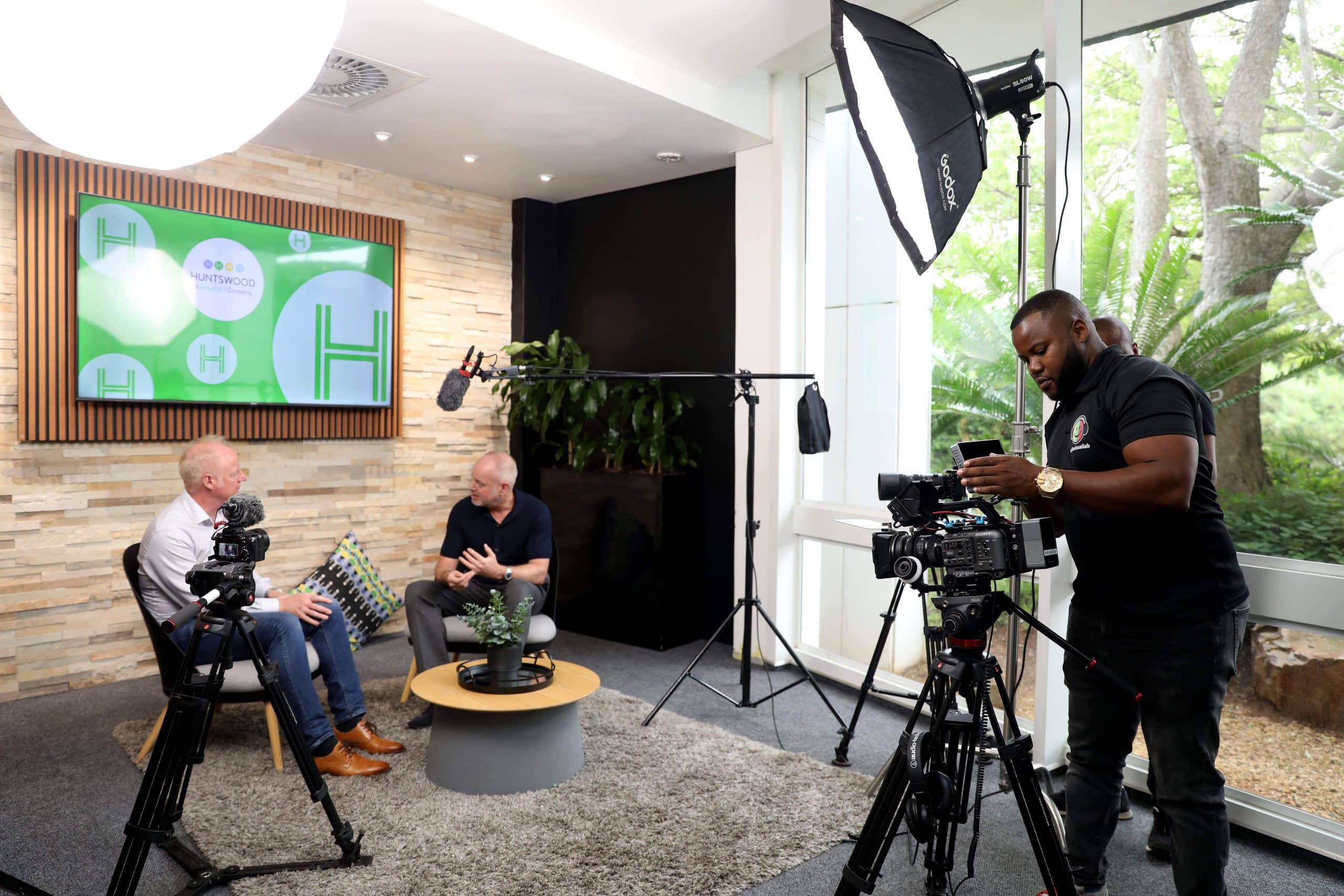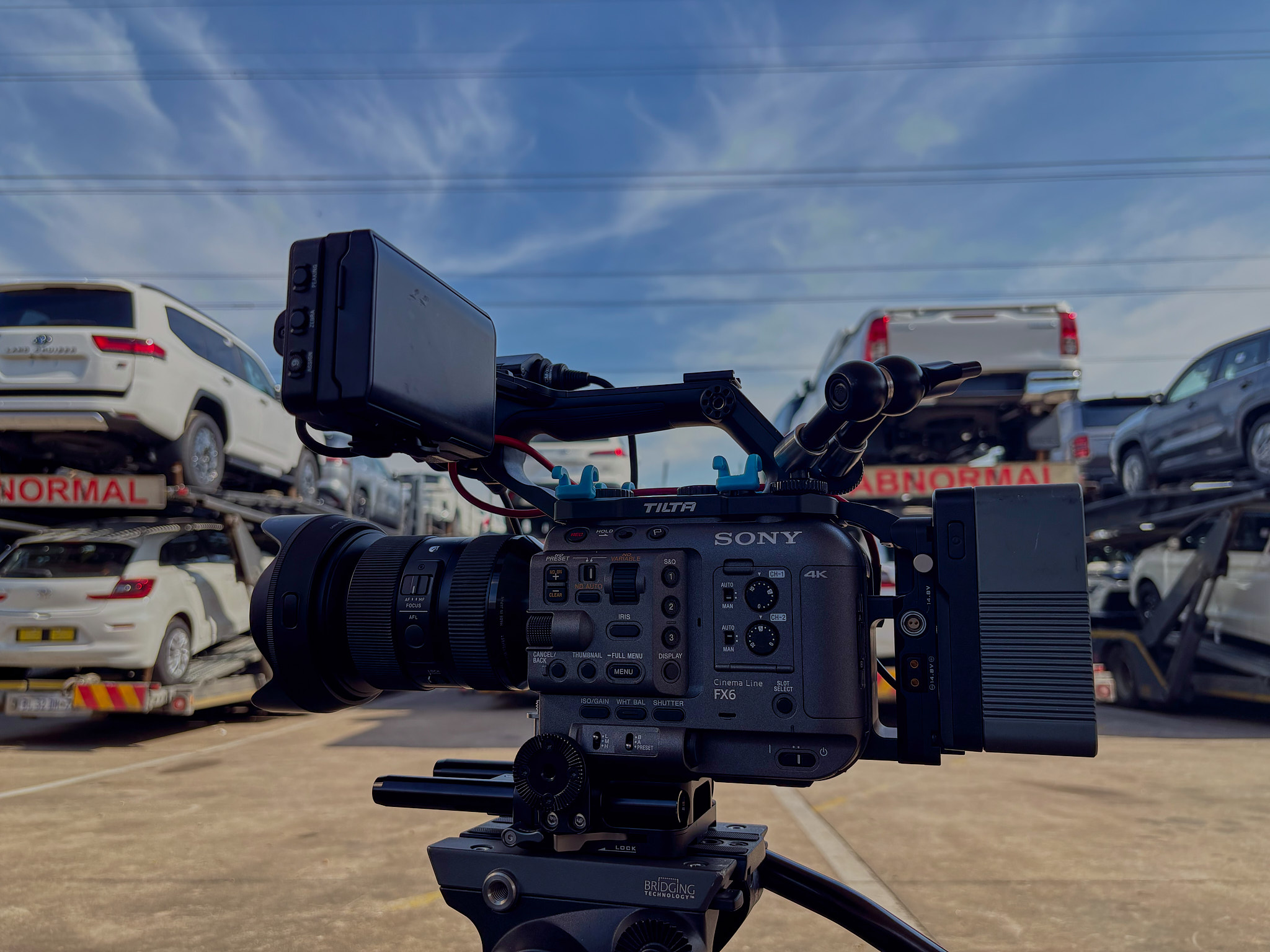How to plan a corporate video project, Step-by-Step Guide
Table of Content
ToggleWhen you want to to plan a corporate video project effectively, following a structured roadmap is key. Whether you’re creating a brand story, employee training module or product demo, knowing each step of the process ensures your video delivers results. In this article you’ll find a full breakdown of every phase, including practical tips, subtleties and FAQs.
Why learning how to plan a corporate video project matters
When corporations invest in video they expect more than footage, they expect business impact. According to industry sources, videos that are strategically planned perform better.
If you skip the planning phase, you risk overspending, missing your message, or ending up with footage that doesn’t serve your goal. By mastering how to plan a corporate video project you align your team, budget, story and delivery from the start.
Step 1: Define your goal and audience
Set clear objectives
The first step when you plan a corporate video project is to define what you want the video to achieve. Is it brand awareness, lead generation, training effectiveness, or internal communication?
Knowing the goal helps you define success metrics, e.g., increase demo sign-ups by 20 %, reduce onboarding time by 30 %.
Identify your target audience
Next, clarify exactly who you are communicating with. Employees? Customers? Investors? Knowing the audience influences tone, length, format and channel.
When you properly how to plan a corporate video project you tailor your message to the viewer, making it more effective.
Step 2: Craft the message and format
Decide your core message & key take-aways
With goal and audience set, extract the single core idea your video should communicate. Then define 2-3 supporting take-aways. These become the spine of your story.
When you consistently plan a corporate video project you keep all messaging aligned to this backbone.
Select format and distribution channels
Choose the best format for your goal:
- Explainer/product demo – website, landing page
- Brand story – social, careers page
- Training/internal – intranet or LMS
Your choice affects length, style and production approach. According to best practices, planning format early is critical when you plan a corporate video project.
Step 3: Assemble your team, budget & timeline
Define roles and approvals
To plan a corporate video project well, determine who’s doing what: producer, director, scriptwriter, camera crew, editor, stakeholder approvals. Set who approves what and when.
This avoids last-minute confusion or delays.
Create budget and schedule
Break the project into major phases:
- Pre-production (planning, scripting)
- Production (shooting)
- Post-production (editing, graphics, delivery)
Allocate budget for each, plus contingency (often 10-15%). Without budgeting you can’t plan a corporate video project with confidence. Key timelines often span 2-4 weeks for standard corporate videos.
Step 4: Write the project brief and concept
Project brief
Your project brief is the roadmap. It should include:
- Objective, audience, key messages
- Brand guidelines (tone, colors, logos)
- Format, runtime, deliverables (main video + cut-downs)
- Budget, timeline, stakeholder list
When you plan a corporate video project you document everything here to keep alignment.
Creative concept
Write a short treatment describing the idea: what the video feels like, why it will work, style, approach. This gives your team a creative anchor.

Step 5: Script, storyboard and logistics
Scriptwriting
Write your script (for presenter or voice-over) or prepare interview questions. Keep it conversational, direct and aligned to your core message.
When you plan a corporate video project, good scripting is the foundation of good production.
Storyboard or shot list
Visualize each scene: sketches or notes of camera angles, framing, graphics. Helps everyone see what’s being made.
Without this you might plan a corporate video project only in textual form and lose visual clarity.
Location, talent and permissions
Select locations (office, studio, outdoor), cast on-camera talent (staff, actors, customers). Secure permissions and release forms.
Sound, light and access matter, especially when you plan a corporate video project for high-quality execution.
Step 6: Production planning & shoot day
Equipment, crew and call sheet
List all gear (camera, lenses, lights, audio), schedule the shoot day, assign times, call sheet for cast & crew.
When you plan a corporate video project taking the technical logistics seriously ensures a smoother shoot.
Shoot day execution
On shoot day:
- Start with a quick brief, align to key messages
- Capture plenty of B-roll (cut-away, context, atmosphere), these are editing gold
- Monitor audio, lighting, continuity
- Keep a log of takes and time-codes
If you skip these when you plan a corporate video project, you may regret it later.
Step 7: Post-production, delivery & distribution
Editing and refining
Editor produces rough cut → reviews → final edit with colour-grading, motion graphics, sound mix, subtitles.
When you plan a corporate video project you allow revision rounds and buffer time.
Delivery formats and distribution
Deliver:
- Full-length master
- Short cut-downs (for social)
- Vertical/9:16 versions if needed
- Thumbnail images
Embed video on site, push to YouTube/Vimeo, share on social, email campaigns.
Optimize for search: descriptive filename, transcript, keywords and metadata.
Measurement and repurpose
Track metrics: view time, conversions, watch rate, bounce. Use insights for next video.
Repurpose your footage: snippets for social, blog-posts, slideshows, this is part of how to plan a corporate video project with full ROI.
Conclusion
Mastering how to plan a corporate video project means working systematically through each phase: goal-setting, audience, message, format, team, budget, brief, script, production, post-production and distribution. Each step builds on the last. Skip or under-plan one and you risk misalignment, overspend or a video that doesn’t meet expectations.
By following this guide you give your video the best chance to succeed: on-brand, on-target, on-schedule and on-budget. Remember: the value of a corporate video doesn’t end when you publish it, distribution, measurement and repurposing extend its impact.
Frequently Asked Questions (FAQs)
Q1: How long should a corporate video be?
For standard corporate videos: around 60–120 seconds for web/landing pages; 2-4 minutes for deeper storytelling. It’s shorter if for social. When you how to plan a corporate video project you pick the length consistent with your audience and channel.
Q2: What does a realistic budget look like?
Budget varies widely. A simple in-house shoot might cost a few thousand, while multi-location, motion graphics heavy productions can cost tens of thousands. When you how to plan a corporate video project allocate realistic budget and contingency.
Q3: How many revision rounds should I build in?
Typically 1–2 major revisions after rough cut. More than three rounds can jeopardize budget and timeline. As you how to plan a corporate video project, clarify revision limits in the brief.
Q4: Should I add subtitles and translations?
Yes — subtitles improve accessibility and viewer engagement (especially on mobile or auto-play). If your audience is multilingual, translations help reach wider markets. They’re a consideration when you how to plan a corporate video project globally.
Q5: What metrics should I track post-release?
Depends on goal, but typical: view count, watch time/percentage, click-through (if CTA), conversions (signup, contact). When you how to plan a corporate video project include measurement early.

